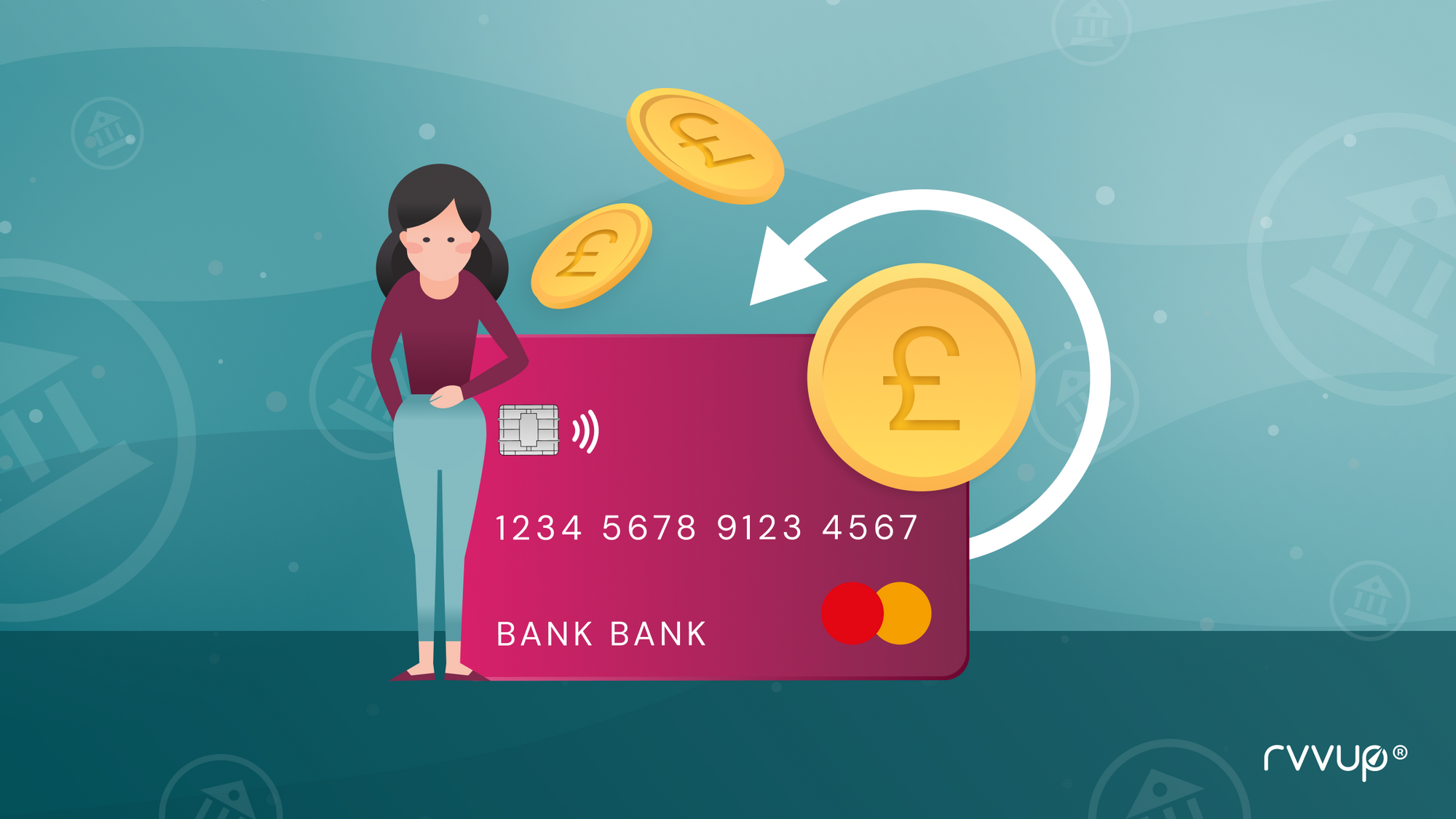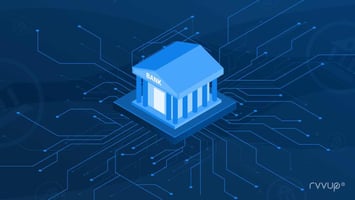How Do I Avoid Chargebacks?

For ecommerce merchants, chargebacks are a genuine headache, often difficult to avoid but there are ways of minimising receiving chargebacks from customers. For small and medium-size businesses, chargebacks can greatly affect business, and, according to this research, cost 0.47% of their annual revenue. In fact for some businesses, too many chargebacks result in credit card companies refusing to deal with them which can be catastrophic! So what can you do to avoid chargebacks? See below to find out more.
1. Provide As Much Detail About Your Products As Possible
Lots of chargebacks occur because products aren’t as expected. Be honest and upfront about what your customer is paying for. Make sure that the products they buy are exactly what they receive. Use clear photography and detailed product descriptions and check dimensions. Don’t forget to put in information such as weight too and try and be as accurate as possible when it comes to colour, usually difficult to depict online. The more information you provide, the less likely a customer will buy something that’s incorrect for their needs.
2. Have a Clear Return and Refund Policy
Do ensure you have a good return and refund policy and document it in detail. With every product, you should have a link to returns and refunds so there’s no question about the process. If the customer does have a reason to return and request a refund, they can easily find the information and they won’t have to raise a chargeback. Often, consumers use the chargeback process instead of requesting a refund, and this is when it becomes a bigger headache for you, the online retailer!
3. Make Sure Your Customer Service Goes Above and Beyond!
Customers rely on customer service and if you don’t offer quality customer care, you won’t encourage repeat purchases or loyalty. Having a person at the end of a phone, on a live chat or a super-responsive department replying to emails almost immediately makes a stark difference. Often if customers have problems, offering swift response and trying to sort out a problem is all that’s needed to avoid a chargeback situation. Sometimes, it’s better to just issue a refund rather than having to go through the lengthy and inconvenient chargeback process.
4. Wait Until You Ship Before Charging Your Customer
Wait until you’ve despatched your customers’ items before you charge them and keep them in the loop with regular communication about the status of their order. This reassures your customers that their order is on the way. They can easily check-up on their order, and this helps to avoid unnecessary chargebacks when an order is clearly visible on route.
5. Make Sure Any Returns are Promptly Refunded
One of the biggest reasons why consumers activate chargebacks is when they’re not refunded quickly so do your best to track returns and refund when you receive the item. You could also let customers know when returns are received and give them a clear indication as to how long it will take for their refund to be issued.
6. Be Clear About International Shipments
Often, international customers issue chargebacks if local currency isn’t displayed and their bill doesn’t match what they thought they paid due to confusion over currency exchange. Be clear about what the cost will be for any international customers and list the price on the product page.
What Else Can You Do?
There are other things you can do too. Make sure that you’re not being defrauded because sometimes purchases can seem perfectly legitimate, but they’re actually the result of fraudulent activity.
- Check the IP address matches the address on the order IP. You can use a third-party service such as NordVPN. Be wary of no location address as this could be an indication of fraud.
- Check the domain name and email address matches and if you don’t recognise a domain name, check it out by looking it up on WHO.IS
- If the address of the customer doesn’t match the shipping address, check it out. Look at the city, post code (zip) and location of the IP address if something seems strange.
- Watch for unusual activity such as customers placing huge orders and not specifying size, colours or models, or very large transactions. Also regular customers who suddenly order something completely different – perhaps in vast quantities. Look out for customers shopping more than once a day and multiple transactions that keep failing. Make sure you do have plenty of safeguards in place, such as verification of address and security code requests.
By offering excellent customer service, having plenty of information on products on your website, being proactive and keeping an eye on your transactions, you can minimise chargebacks. However, it is almost impossible to completely avoid them, but by putting customers first and going the extra mile to keep them happy, you will retain loyalty and should reduce the risk of chargebacks.


